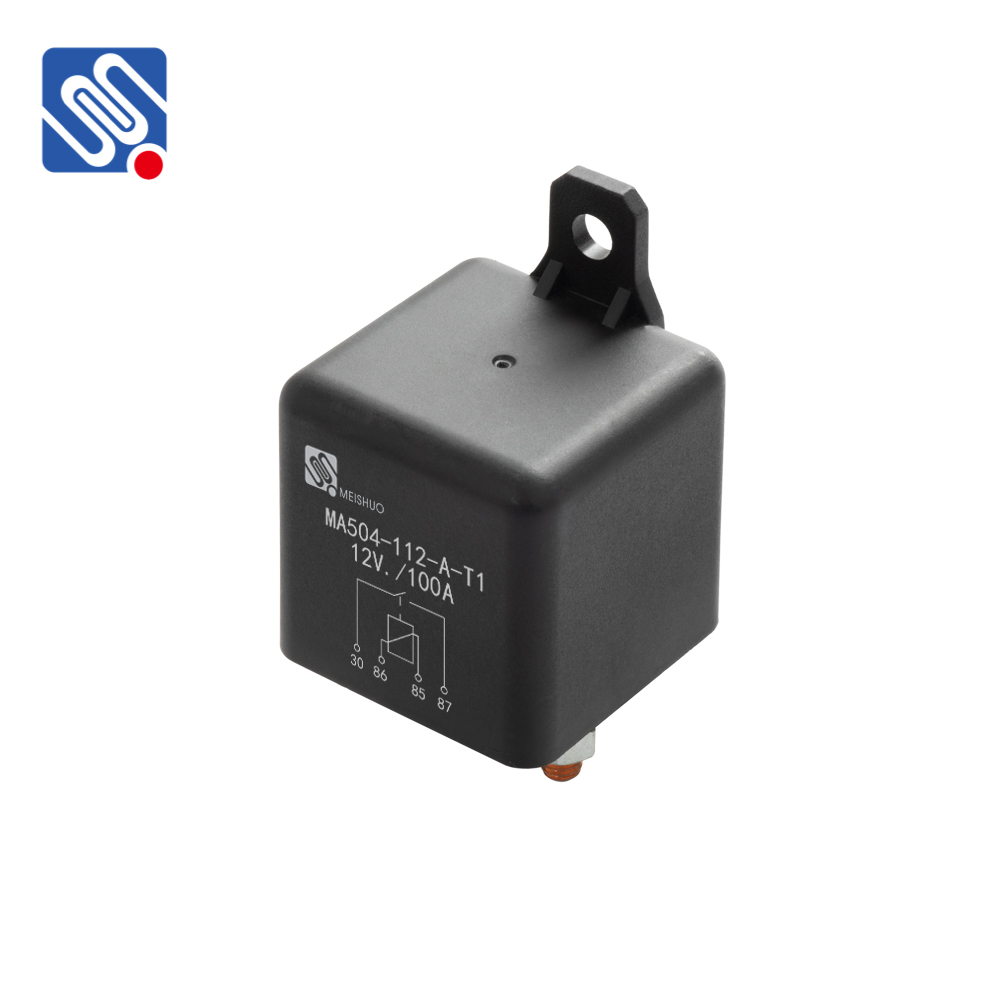understanding relay load and the role of meishuo in modern systems
Release time:2025-05-03 20:23:13
Relay load plays a critical role in the functioning of various electronic and electrical systems. Relays are essential components in the automation industry, and understanding how they work, particularly how they manage load, is fundamental to ensuring the efficiency and reliability of systems. This article explores the concept of relay load, the importance of proper load management, and how Meishuo is revolutionizing the way relays are integrated into modern systems.

What is Relay Load?
A relay is an electrically operated switch that uses an electromagnet to mechanically operate a set of contacts. These components are widely used in industries ranging from automotive to telecommunications, providing electrical isolation between the control circuit and the high-power load circuit. The relay's role is to control a load, turning it on or off based on electrical signals it receives.
The load that a relay handles is crucial in determining its performance and longevity. Relay load refers to the amount of electrical current and voltage that the relay can safely switch without causing damage to the contacts or the internal mechanism. Overloading a relay can result in failures, including burnt contacts, excessive heating, and even complete failure of the relay, which can lead to system malfunctions.


